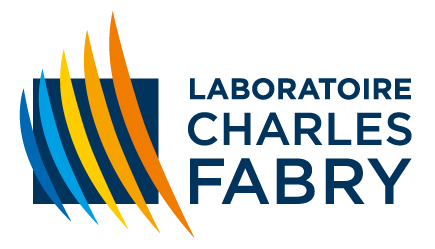We make use of Bose-Einstein condensates (BEC) of metastable helium atom (He*) to perform interferometry experiments inspired by quantum optics.
A remarkable feature of the metastable state of helium is its very large internal energy (20eV), allowing the use of a single-atom resolved detector, based on the electron amplification.
This detector is called a microchannel plate (MCP) and provides three-dimensional data in the momentum space of the atoms.
Thanks to the nonlinearities of BECs, we have also designed an atomic source of non-classical states, whose statistics and correlation properties can be probed with atom interferometry techniques.














